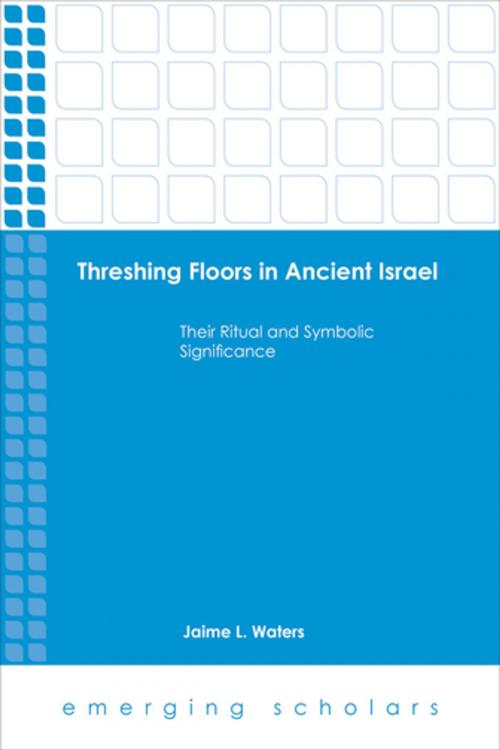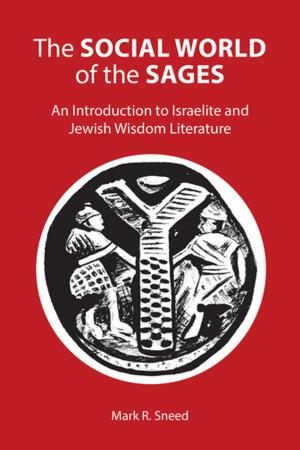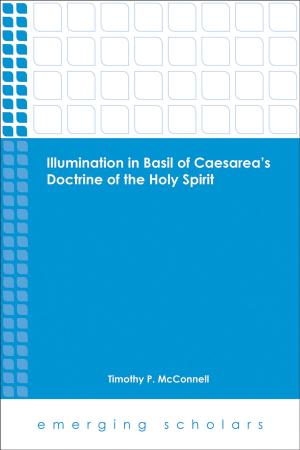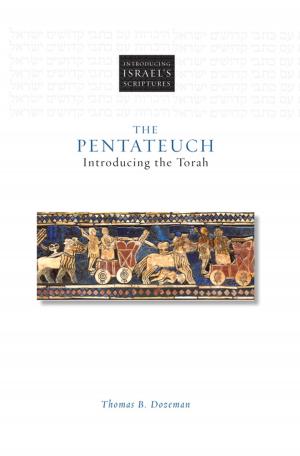Threshing Floors…Ancient Israel
Their Ritual and Symbolic Significance
Nonfiction, Religion & Spirituality, Bible & Bible Studies, Old Testament, Criticism & Interpretation| Author: | Jaime L. Waters | ISBN: | 9781451496604 |
| Publisher: | Fortress Press | Publication: | June 1, 2015 |
| Imprint: | Fortress Press | Language: | English |
| Author: | Jaime L. Waters |
| ISBN: | 9781451496604 |
| Publisher: | Fortress Press |
| Publication: | June 1, 2015 |
| Imprint: | Fortress Press |
| Language: | English |
| Vital to an agrarian community’s survival, threshing floors are agricultural spaces where crops are threshed and winnowed. But the Hebrew Bible rarely refers to such agricultural activities taking place at such sites. Instead, biblical narratives repeatedly depict threshing floors in ancient Israel as sites for mourning rites, divination rituals, cultic processions, and sacrifices. Kings consult prophets there; even the Solomonic temple was built on a threshing floor. Jaime L. Waters shows that these originally agricultural sites were also considered sacred spaces connected to Yahweh, under his control, and subject to his power to bless, curse, and save and that Israel had a special ritual access to Yahweh in these powerfully symbolic sites. Waters also examines the various personnel active in the use and operation of threshing floors in these sacred functions in order to draw a more complete picture of ancient Israelite social life. An addendum discusses relevant material for comparison from Ugarit. |
| Vital to an agrarian community’s survival, threshing floors are agricultural spaces where crops are threshed and winnowed. But the Hebrew Bible rarely refers to such agricultural activities taking place at such sites. Instead, biblical narratives repeatedly depict threshing floors in ancient Israel as sites for mourning rites, divination rituals, cultic processions, and sacrifices. Kings consult prophets there; even the Solomonic temple was built on a threshing floor. Jaime L. Waters shows that these originally agricultural sites were also considered sacred spaces connected to Yahweh, under his control, and subject to his power to bless, curse, and save and that Israel had a special ritual access to Yahweh in these powerfully symbolic sites. Waters also examines the various personnel active in the use and operation of threshing floors in these sacred functions in order to draw a more complete picture of ancient Israelite social life. An addendum discusses relevant material for comparison from Ugarit. |















